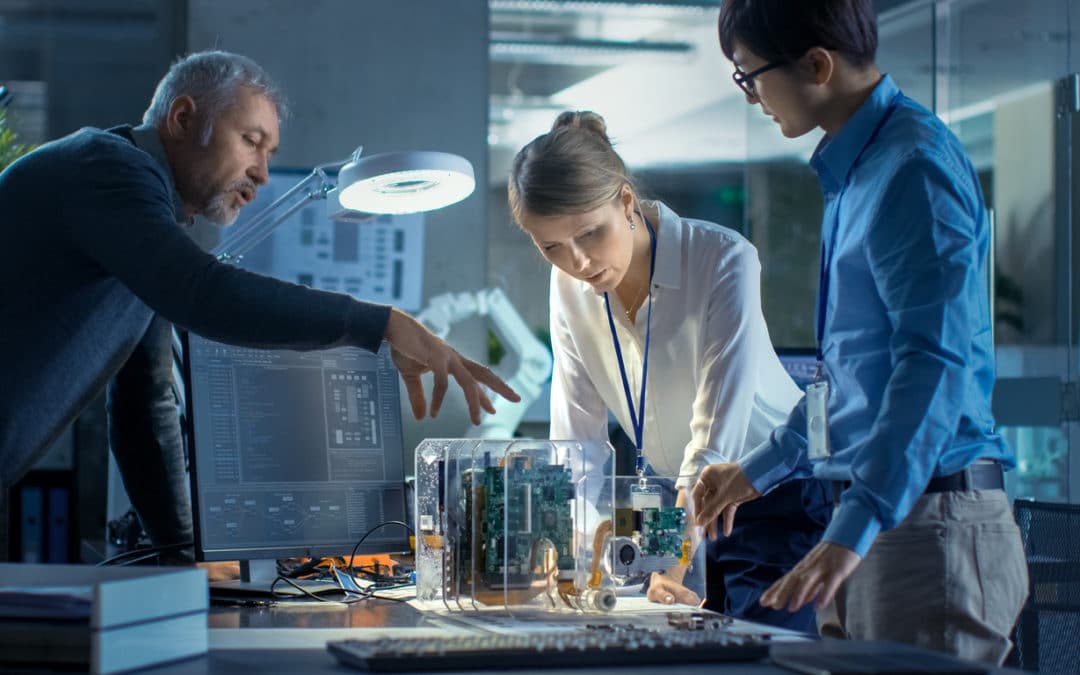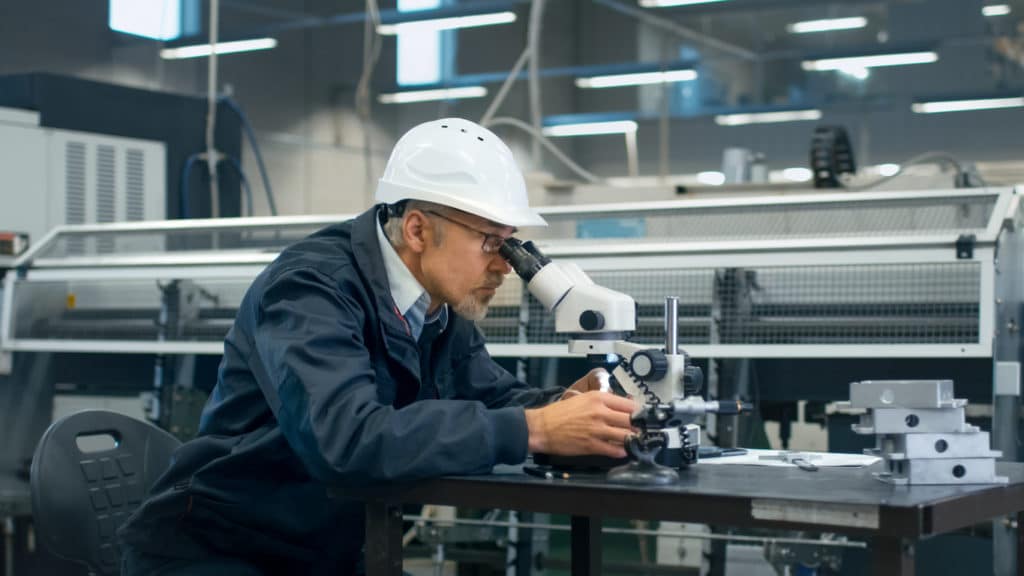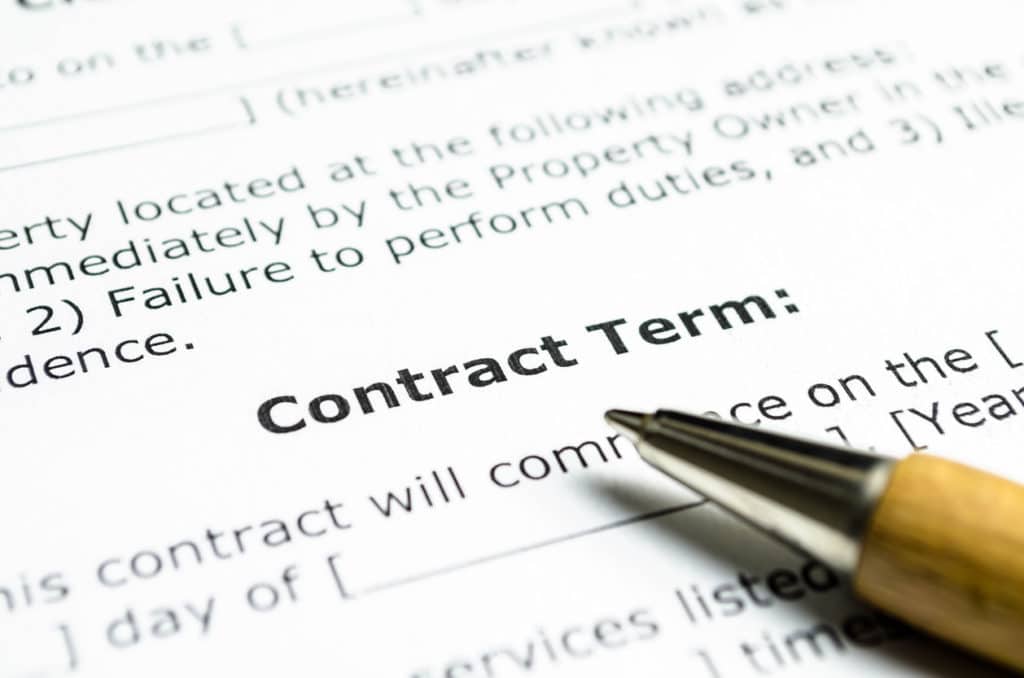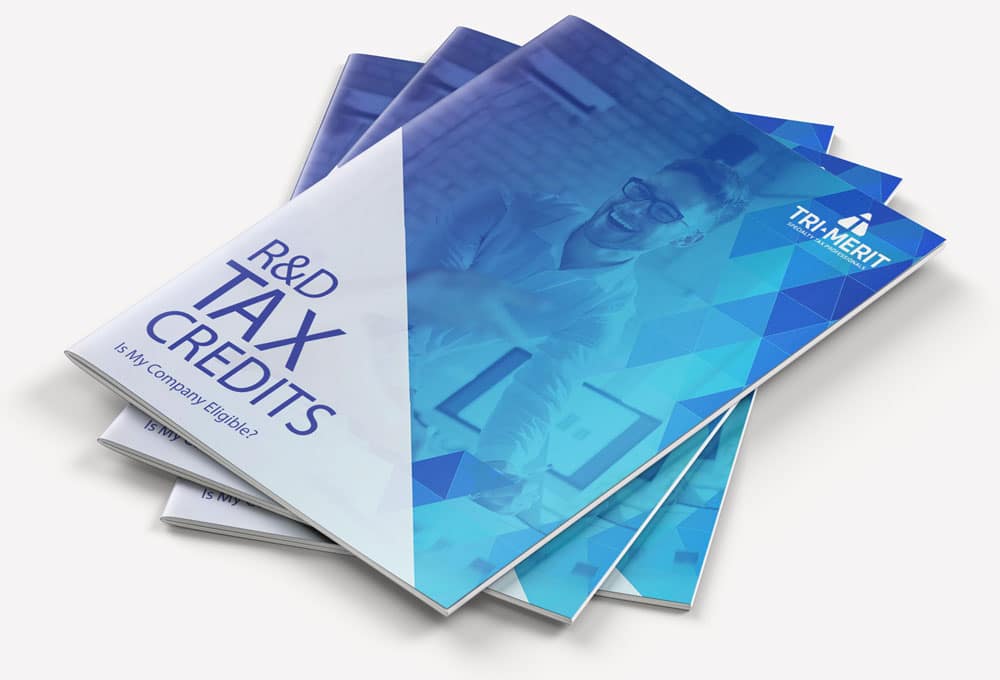The Research & Development Tax Credit (R&D tax credit) is a dollar-for-dollar federal tax credit that incentivizes the development of new or improved products or processes. Potentially any company that performs “qualifying research activities” (QRAs) on U.S. soil can take advantage of the credit.
We offer a complimentary guide on qualifying research activities by industry that you can download at the end of this post.
Research expenses that qualify for the R&D tax credit are known as qualified research expenses or qualifying research expenditures (QREs).
QREs include:
- Compensation paid to employees who engage in “qualified services”
- Certain supplies used in the conduct of qualified research
- Contract research amounts paid to a third party to perform qualified research or services (allowed at 65% of the actual cost incurred)
- Basic research payments made to qualified educational institutions and scientific research organizations (allowed at 75% of the actual cost incurred)
IRC Code Section 41 covers what qualifies as an R&D expenditure, but in the grand tradition of IRS publications, it’s hard to understand. We’ll cover qualifying research expenditures in plain English.
What kinds of research expenses qualify for the R&D tax credit?
IRC Code Section 41 defines QREs as the sum of “in-house research expenses” and “contract research expenses.” So, we’ll break down the qualifying expenses the same way.
Qualifying In-House Research Expenses
There are three types of in-house research expenses:
- Employee compensation for performing “qualified services”
- Supplies used in the conduct of qualified research
- Payments to another person for the right to use computers in the conduct of qualified research
The third point is fairly straightforward, but the first two need more explanation.
Employee Compensation for Qualified Services
Employee compensation may qualify as an R&D expense. Whether or not it does depends not on job description or job title, or even the employee’s technical and education qualifications (though those are important). It all depends on whether or not they performed “qualified services.”
Qualified services are:
- Engaging in qualified research
- Directly supervising qualified research
- Directly supporting qualified research
Treasury Regulation section 1.41-2 provides more detail about each.
✓ “Engaging in qualified research” means the actual conduct of the research. This might be a scientist conducting a lab experiment, an engineer drawing up new process plans, or a developer programming new software.
✓ “Direct supervision” means the immediate supervision of qualified research. These employees would be first-line managers or supervisors—for example, a scientist who directly supervises experiments in a lab. It does not include higher-level managers to whom those first-line supervisors report, even if those managers are also in the research field. These distinctions can be a bit tricky, which is why the help of a specialty tax firm well versed in R&D tax credits is invaluable.
✓ “Direct support” means services that directly support the employees who either conduct the actual research or directly supervise those who do. For example, this might include the services of a CNC machinist who produces a part for an experimental model or prototype. It does not include general or administrative services, even if the employees performing them are part of a research department.
Employee compensation is typically the biggest expenditure on an R&D project. Identifying employees who perform qualified services and determining how much time they spend on those activities is one of the most crucial parts of an R&D tax credit study.
Supplies Used in the Conduct of Qualified Research
IRC Code Section 41 defines “supplies” as non-depreciable tangible property used in the conduct of qualified research. The supplies must be used by employees performing the “qualified services” described above, and the supplies must be directly related to the research.
There are several types of property, supplies and expenses that specifically don’t qualify:
- Land or improvements to land
- Property subject to the allowance for depreciation (like the building used to conduct research)
- Non-tangible expenses like license fees, leases and rental costs, telephone expenses, entertainment, travel, relocation, professional dues, royalty expenses
- Supplies used for general and administrative activities
According to the IRS Audit Techniques Guide, supplies should make up a small portion of the overall QREs. When the portion is high, the IRS will likely take a closer look to see if non-qualifying expenses were included.
Qualifying Contract Research Expenses
Companies sometimes need to contract out some of their research activities in order to gain necessary expertise or facilities, or to save time and money. The R&D tax credit takes that into consideration.
Contract research amounts paid to a third party to perform qualified research or services are allowed at 65% of the actual cost incurred. That number goes up to 75% if the third party is a “qualified research consortium.” We’ll cover that in a minute.
The standards for “qualified research” and “qualified services” are the same as for in-house research. Prepaid research expenditures aren’t eligible for the credit until the services are performed.
For the contract expenses to qualify, there must be an agreement (usually in writing) between the taxpayer and third party that meets a three-part test:
- It must be entered into prior to the performance of qualified research
- It must provide that research be performed on behalf of the taxpayer (meaning that the taxpayer has a right to the research results, even if it’s not an exclusive right)
- It must require the taxpayer to bear the expense of the research even if it isn’t successful
On this third point—if payment to a third party is contingent on the success of the research, that means the taxpayer is paying for a product or result instead of the performance of research. That’s not a qualified research expense. Part of the purpose of the R&D tax credit is to reward companies for taking the risks involved in developing new products and processes. No risk, no tax credit.
Payments to Qualified Research Consortia
Payments made to “qualified research consortia” for contract research are treated slightly differently than payments made to other third parties. The taxpayer can claim 75% of the contract research costs instead of 65%. The research must be done on behalf of the taxpayer and at least one other unrelated taxpayer. (In short, the two or more taxpayers must be different employers.)
So, what are “qualified research consortia?” They are tax-exempt 501(c)(3) or 501(c)(6) organizations that are operated primarily to conduct scientific research. A private foundation can’t be a qualified research consortium. These organizations are typically educational institutions and scientific research organizations.
What does NOT qualify as a research expenditure?
QREs do NOT include (among other things):
- Any costs from foreign research
- Any costs from funded research
- Commercial production costs
- Advertising and promotional expenses
- Acquisition and improvement of land used in research
- General managerial and admin duties, including supervisory functions not related to R&D
- HR and personnel duties, including recruiting
- Accounting duties, including bookkeeping, payroll and budgeting
- Customer service support
- Employee training, including attending conferences
- Charitable fundraising
I believe my company may have qualifying research expenses. What’s the next step?
Any company can qualify for the R&D tax credit. Determining if you do requires an evaluation of the facts and circumstances of your research activities. Tri-Merit helps companies determine the size of their potential credit, the usability of those credits, and the appropriate way to support their credit claims.
We will do much of the upfront work to determine if you qualify, at no cost. This is our standard phase one feasibility analysis. We examine your company’s ability to capitalize on the credit. A feasibility analysis saves valuable time by identifying potential problem areas before committing to a full tax study.
There’s no risk in exploring the possibilities. Call (847) 637-5677 to set up a consultation.




